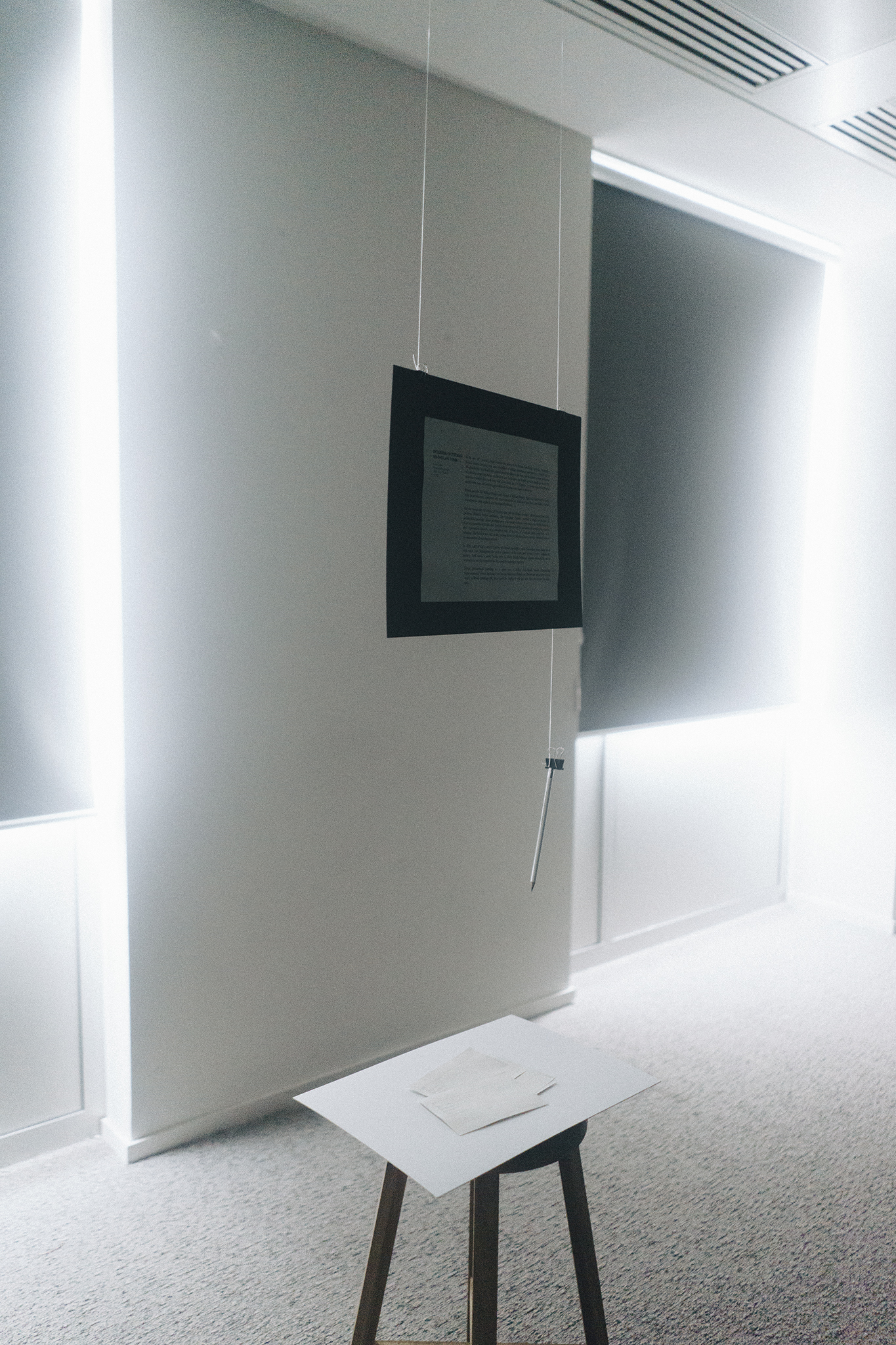
Origin of Symmetry
Artist | Robert Chang Chien & Alexia Charoud
An non-existent object : amongst the stunning wonders displayed in the South Asia collections of the V&A, we found a beautiful architectural painting. In a discrete, narrow corridor, humble and silent, it comes with a lacunary plaque, that does not mention the author or context.
In the late 18th century, India is under the power of the British East India Company (originally a
British trades company that soon established a military dominance and asserted a British rule in
Mughal India). As a few British painters start travelling to the East, and undertake a large production
of paintings depicting Indian architecture and landscapes, the British at home finally get to see the
oriental treasures they had been told about since the 17th Century. A strong interest in Mughal
architecture rises, and with it a great demand for pictures of these monuments.
British painters like William Hodges and Thomas & William Daniell, depicting a picturesque India,
with its architectural complexes and ruins surrounded by landscapes and flora, are highly praised
nowadays, for their aesthetic and historical importance.
But the complexity of Indian architecture soon led the British to solicit collaboration from local
painters. Humble Indian craftsmen, the ‘Company Painters’ started a huge production of
architectural paintings. These paintings were of an utterly different style: when the British recorded
more so a moment of British taste than an actual depiction of the architectural complex, the latter is
now represented frontally, as a complete piece of its own, of which all parts contribute to its
meaning. The focus is now laid on the purpose of the architectural items, on the symmetry and on
the importance of each single pattern.
INTERIOR OF I’TIMAD
AD-DAULA’S TOMB
Latif of Agra Watercolour on paper, Agra, Uttar Pradesh c.1820
Latif of Agra Watercolour on paper, Agra, Uttar Pradesh c.1820
In 1820, Latif of Agra painted Interior of I’timad Ad-daula’s tomb. Recording every slight detail
with equal care, highlighting the perfect symmetry of the tomb and turning it into a brilliant flat
pattern, Latif shows a purely Indian style, in which British influence appears through the use of
watercolour and the consideration for a realistic-looking perspective. Indian architectural paintings are a great part of Indian and British history. Highlighting
transcontinental artistic exchanges and having influenced Indian and British art and architecture as
much as British paintings did, they should be displayed with the same care and praised the same way. We created this installation and experience to reveal the hidden meaning of the object.



